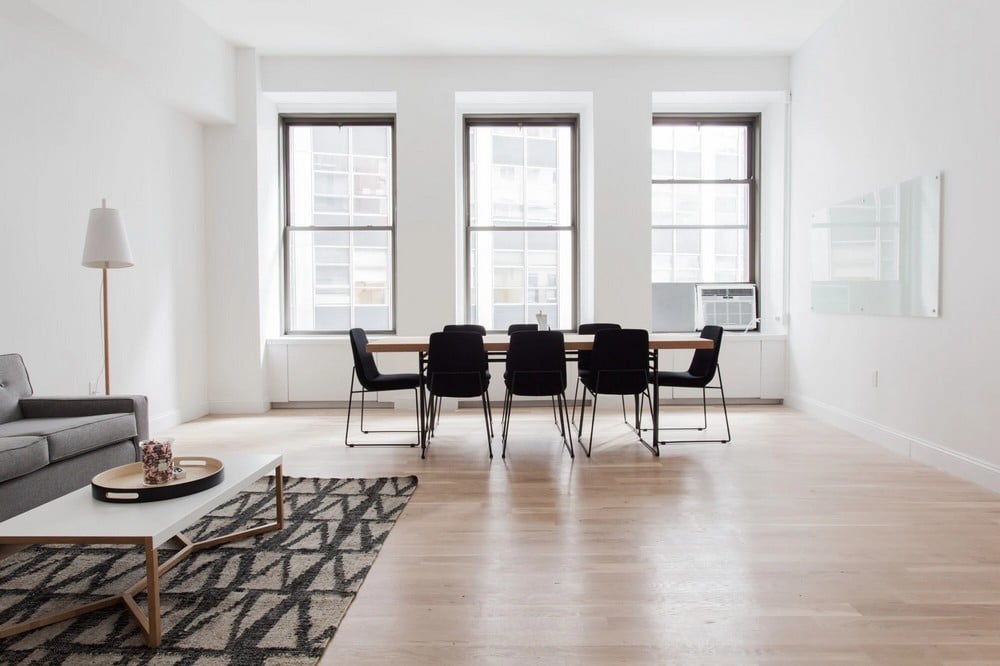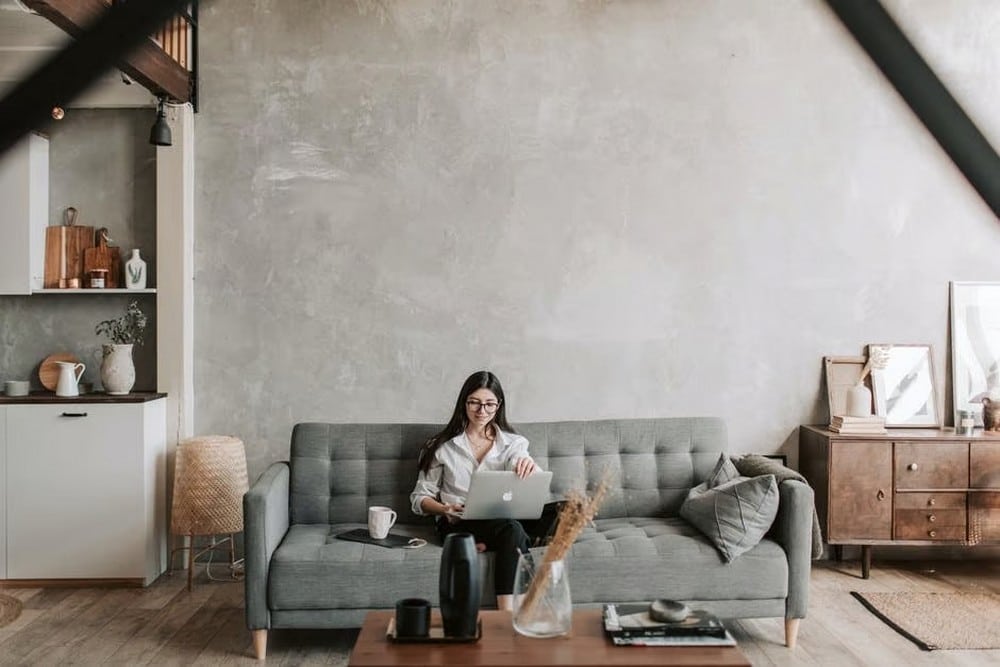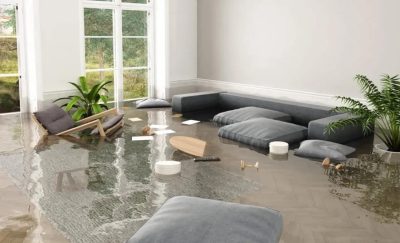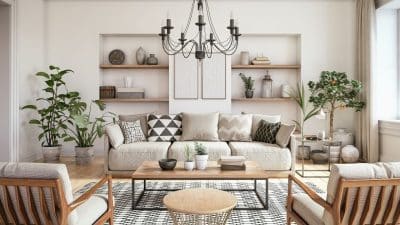
In a world dominated by constant visual stimulation and information overload, there’s a growing movement in interior design that embraces the beauty of less. Simple, uncluttered spaces offer not only aesthetic appeal but also a sense of tranquility, balance, and mental clarity. The concept of simplicity in home interior design isn’t about minimalism for minimalism’s sake—it’s about purposeful choices, thoughtful functionality, and timeless elegance.
Simplicity invites a more intentional lifestyle. By eliminating the unnecessary and focusing on what truly matters, you can create a space that reflects your personality while fostering comfort and peace. This design philosophy isn’t about deprivation; it’s about refinement, clarity, and livability.
Clean Lines and Thoughtful Architecture
Simplicity in design often begins with structure. Clean lines and straightforward architecture serve as the foundation for a serene space. When walls, windows, and built-in elements are streamlined, they create a subtle sense of order that grounds the entire interior.
Open-plan layouts support this aesthetic by removing visual barriers and encouraging flow between rooms. Instead of jarring transitions or abrupt shifts in style, each area of the home feels naturally connected. Neutral color palettes—whites, grays, earth tones—amplify this effect, allowing architectural details and natural light to take center stage.
Functionality as a Design Principle
Form should always follow function in a simple interior. Every item in the space should serve a clear purpose, and ideally, more than one. This doesn’t mean your home should be devoid of character or warmth. On the contrary, multifunctional furniture, modular shelving, and carefully selected decor contribute to a personalized but efficient environment.
Designers often turn to Scandinavian or Japanese aesthetics when aiming for practical elegance. These styles emphasize utility, craftsmanship, and restraint, demonstrating how functional elements—like storage benches or floating cabinets—can also be visually pleasing. When the design aligns with daily life, simplicity becomes a tool for effortless living.
Decluttering to Elevate Design
A key pillar of simple interior design is decluttering. Clutter can overwhelm even the most well-designed room, drawing attention away from intentional features and creating a sense of chaos. The process of editing your belongings helps distill your space down to what’s truly meaningful and useful.
Decluttering doesn’t always mean getting rid of things entirely. For homeowners seeking practical organization without sacrificing aesthetics, resources like affordable Welshpool storage provide flexible options for off-site decluttering, freeing up valuable square footage without permanent loss. It can also involve strategic storage solutions that allow items to be hidden when not in use.
Embracing Negative Space
Negative space—areas of a room intentionally left open—plays a crucial role in creating a calming and breathable atmosphere. It provides visual rest and highlights the pieces that remain, making each object feel more intentional and appreciated. This technique is especially effective in smaller homes, where overcrowding can quickly diminish the sense of spaciousness.
By resisting the urge to fill every corner, you let your home speak for itself. A carefully placed armchair or a singular piece of art has more impact when it’s not competing for attention. Negative space isn’t empty—it’s deliberate, purposeful, and elegant in its restraint.
Natural Materials and Textures
Simple interiors rely heavily on materials that evoke warmth and authenticity. Wood, stone, wool, linen, and rattan add depth and texture without overwhelming the senses. These natural materials develop a beautiful patina over time, lending character and timelessness to the space.
By choosing tactile elements over overly ornate finishes, you ground your design in the natural world. This creates a subconscious connection to the outdoors, which studies show can reduce stress and improve well-being. Nature-inspired simplicity can be just as luxurious as high-gloss opulence—sometimes even more so, because it resonates on an emotional level.
Light as a Design Element
In simple home interiors, light is more than just a necessity—it’s a design element in its own right. Natural light, when maximized, can dramatically alter how a space feels. It softens shadows, enhances color accuracy, and brings life to even the most restrained color schemes.
Large windows, sheer curtains, and strategically placed mirrors are all tools that help harness light. Artificial lighting should follow suit, with warm-toned fixtures and dimmable options that allow you to tailor the ambiance. Thoughtful lighting enhances every other design decision, amplifying simplicity rather than competing with it.
Mindful Decor and Artistic Curation
Decor in a simple interior is never arbitrary. Each piece is selected for its beauty, meaning, or utility. Instead of filling a wall with countless frames, consider hanging one large piece of art that captures your attention and reflects your style. Choose decor that adds emotion to the space, whether that’s a handmade ceramic vase, a vintage rug, or a sculpture with a story behind it.
Curation doesn’t mean rigid minimalism. It means paying attention to proportions, materials, and emotional resonance. A well-edited collection feels far more powerful than a cluttered display, no matter how valuable the individual items may be.

Simplicity in home interior design is about creating an environment that supports your life, not competes with it. Through thoughtful choices, clean aesthetics, and intentional living, your home can embody a sense of calm, clarity, and enduring style. In stripping away the unnecessary, you uncover the true essence of comfort and beauty.








